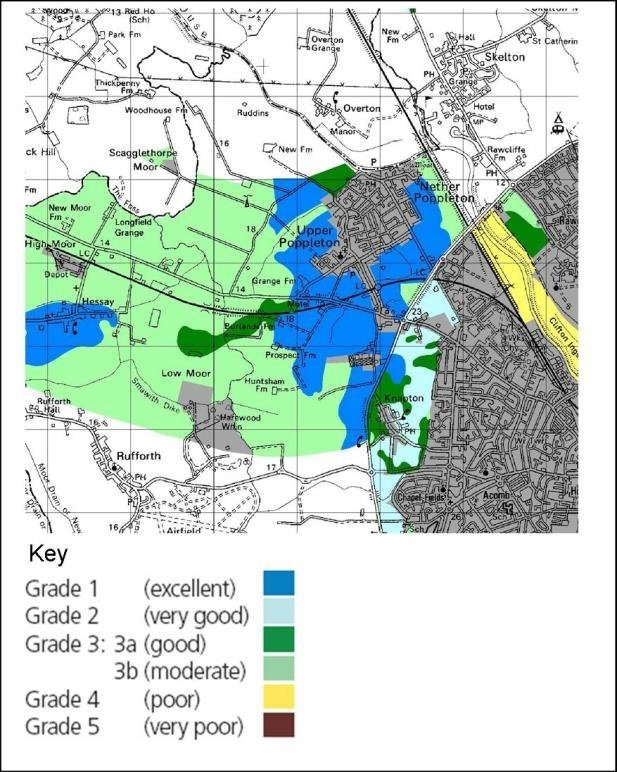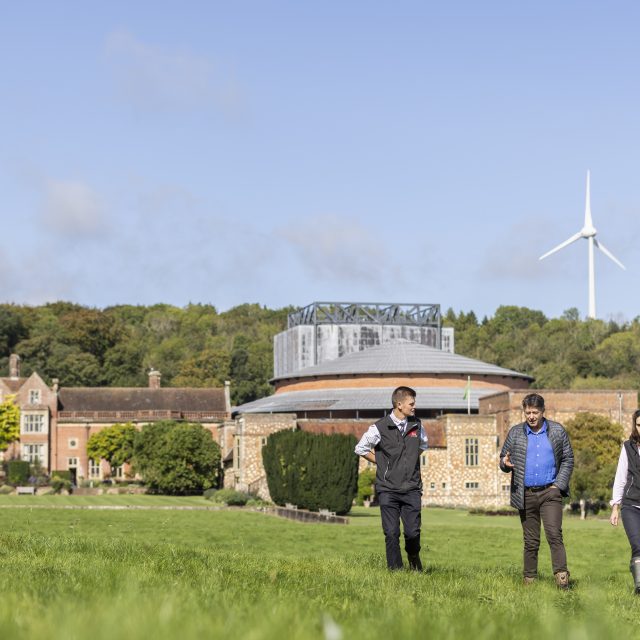Agricultural Land Classification
What is Agricultural Land Classification?
Agricultural Land Classification (ALC) is the grading system used to assess and compare the quality of agricultural land in England and Wales. At Strutt & Parker, we have a number of agricultural consultants who are fully trained with the British Society of Soil Science and are able to deliver in-depth soil surveys and Agricultural Land Classification (ALC) reports strictly in accordance with the criteria set out under official government guidelines.
These surveys will support many different applications, one of which is specifically designed to assist with the planning and development process.
The Agricultural Land Classification survey process
1. First, a detailed soil assessment is required with soil samples taken using both the auger survey method and soil pits with a typical sample density of one per hectare.
2. The land is then classified by grade according to the extent of its limitations on agricultural use for food production:
• Climate
• Gradient
• Soil depth
• Wetness
• Droughtiness
• Stoniness
3. The grading system runs from one to five as follows:
| Grade 1 | Excellent quality agricultural land. |
| Grade 2 | Very good quality agricultural land. |
| Grade 3 | Good to moderate quality agricultural land. |
| Subgrade 3a | Good quality agricultural land. |
| Subgrade 3b | Moderate quality agricultural land. |
| Grade 4 | Poor quality agricultural land. |
| Grade 5 | Very poor quality agricultural land. |
4. Next, an Agricultural Land Classification map is produced which delineates areas with the same degree of limitation.
The Agricultural Land Classification survey report
A comprehensive report will be written, to include:
• Site background and survey methodology
• Site limiting factors
• Description of soil and reasons for grading
• Full auger boring and soil pit schedule
• Relevant lab sample results
A typical Agricultural Land Classification map

For more information, contact Michelle, or a member of your local Strutt & Parker Farming team.






